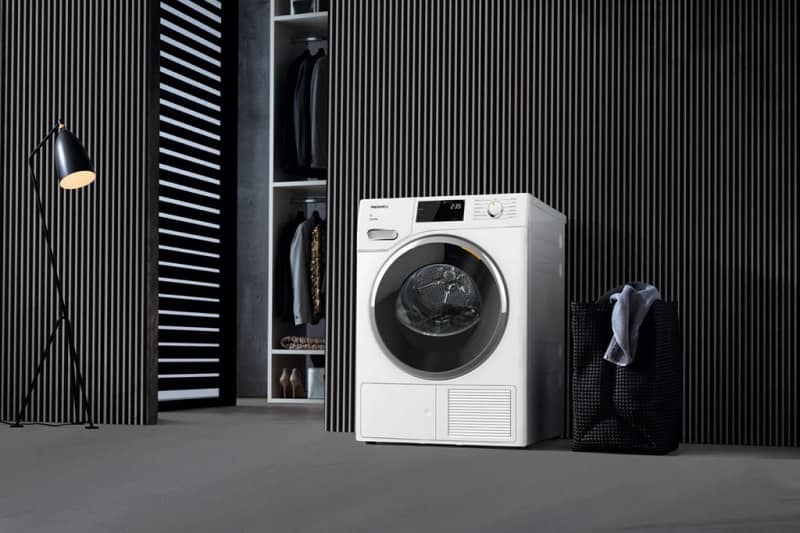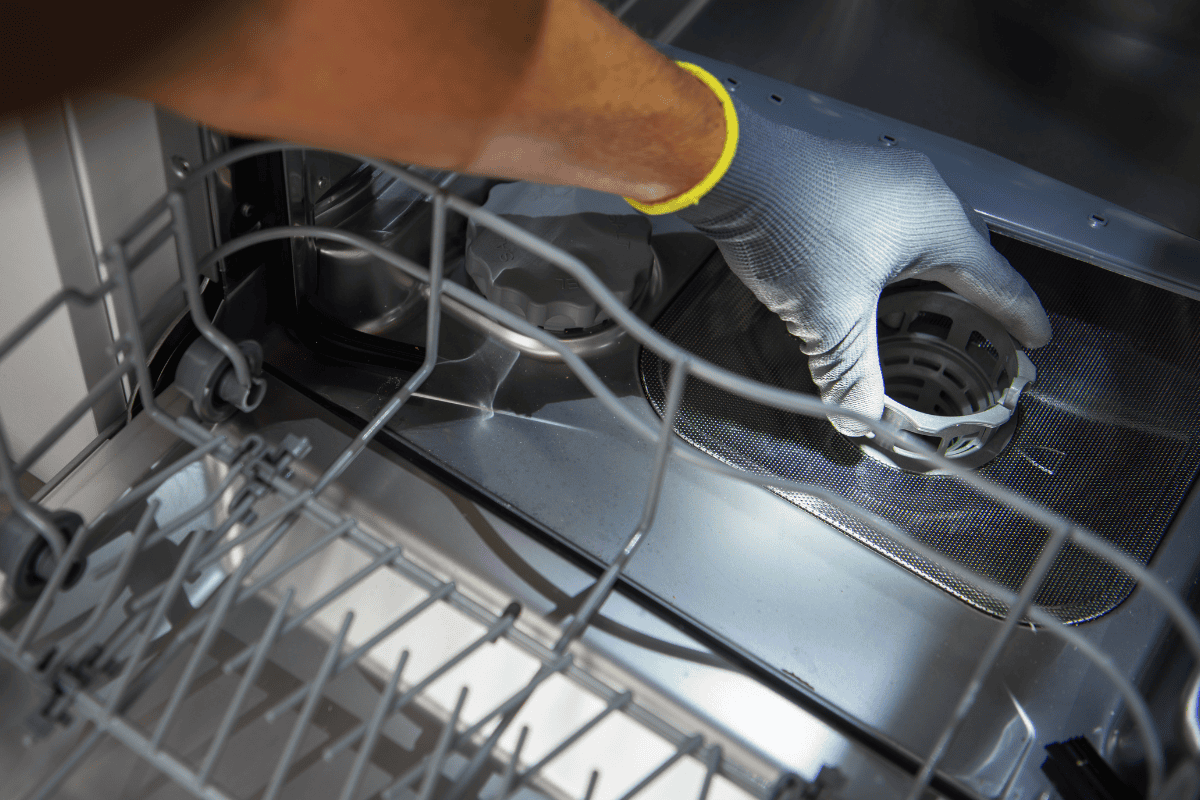Is your Miele dryer not drying clothes well? Whether your items come out slightly damp or still soaking wet, we’ve put together an expansive guide to provide you with insights and solutions. Just follow these DIY tips to fix Miele dryer heating issues.
Delving into the Reasons Behind a Miele Dryer Not Drying Properly
From simple habits to more complicated mechanical concerns, there’s a range of factors that can impact the efficiency of your dryer. We’ll navigate through each one, helping you uncover the mysteries of damp laundry.
Overloading: The Heavy Weight Champion
We’ve all been there. A heap of wet laundry and the hope that we can get it dried in one go. But putting too much into the dryer at once is often a leading cause for inefficient drying. Overloading restricts the movement of individual items, leading to uneven drying. It also strains the dryer’s motor and can prevent the proper circulation of air, essential for removing moisture.
What You Can Do: The key is balance. Find that sweet spot where your dryer is full but not overloaded. The clothes should tumble freely, allowing air and heat to circulate effectively.
Bonus Tip: Remember that different fabrics have varying drying times. Mixing heavy cotton towels with lightweight synthetics can lead to uneven drying.

The Washer Culprit: Excessively Wet Clothes
Sometimes, the issue starts before the clothes even reach the dryer. If your washing machine isn’t doing its job properly, your dryer ends up working overtime. If the washer’s spin cycle isn’t removing enough water, or if there are obstructions in the drain, clothes will come out dripping, making the drying process painfully long.
Washing Machine Maintenance: Periodically inspect the drain hose of your washer. Make sure it’s free from kinks and obstructions. Also, consider running an empty wash cycle with a washing machine cleaner to ensure optimal performance.
Lint Buildup: The Silent Workflow Disrupter
One of the most common yet neglected problems is a full lint filter. While it might seem inconsequential, lint buildup can dramatically reduce airflow and trap moisture, causing that all-too-familiar Miele tumble dryer not heating up issue.
The Lint Lifeline: Regularly cleaning out the lint filter is crucial. But, did you know that fabric softeners can cause a filmy buildup on the filter that’s not easily visible? Every few months, it’s a good idea to wash the lint filter with warm soapy water, gently scrubbing with a brush, then letting it air dry.

The Forgotten Exhaust Vent
Hidden behind the dryer, the exhaust vent is crucial for moisture and hot air to escape. Over time, lint, debris, or even critters can block the vent, causing a range of problems from the dryer not producing heat to potential fire hazards.
Vent Vigilance: A periodic inspection and cleaning of the exhaust vent can make a huge difference. Feel the airflow from the outside vent opening when the dryer is running. Weak airflow could indicate a blockage. Ensure the vent material is up to code, and consider using a straight or direct route with as few bends as possible to maximize efficiency.
The Inside Story: Defective Dryer Components
Like all appliances, wear and tear or a defect can affect your dryer’s components. Whether it’s the heating element burning out, the moisture sensor malfunctioning, or issues with thermostats and fuses, internal component troubles can definitely result in a Miele dryer that takes too long.
Component Check: If you’ve ruled out external factors, it might be time to peek inside. However, dealing with electrical components requires expertise. Unless you’re comfortable and knowledgeable, it’s best to consult a Miele repair professional.
And if all else fails, or you simply want to ensure your appliance is in the best hands, reach out to Priority Appliance Service for top-notch dryer repair services.































